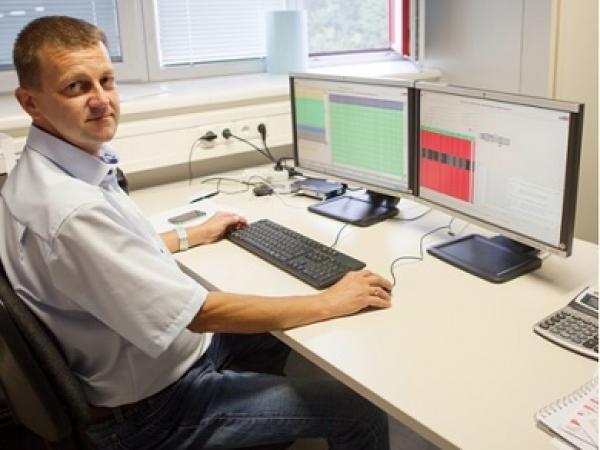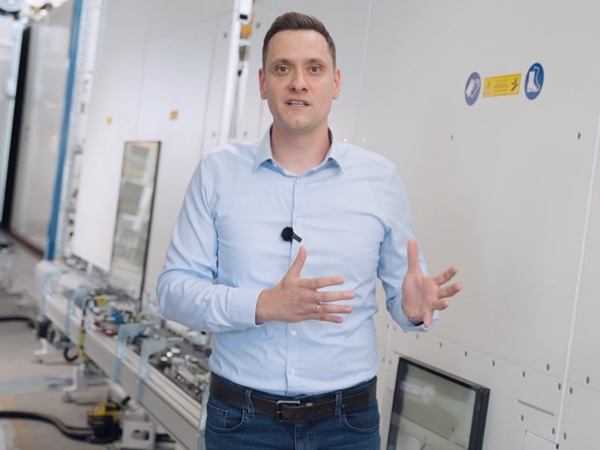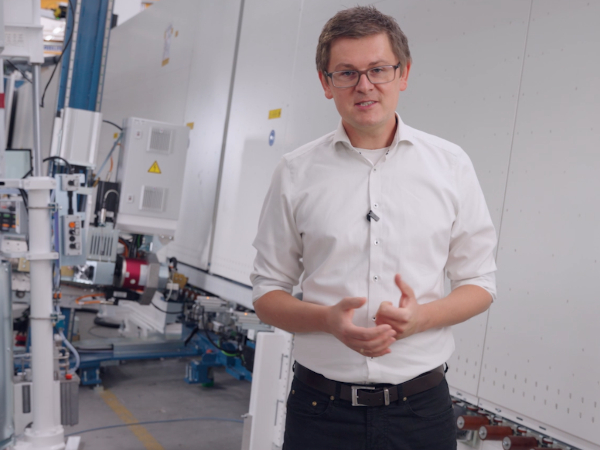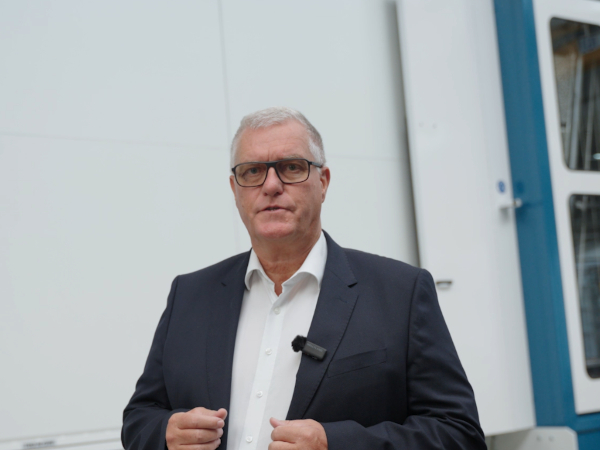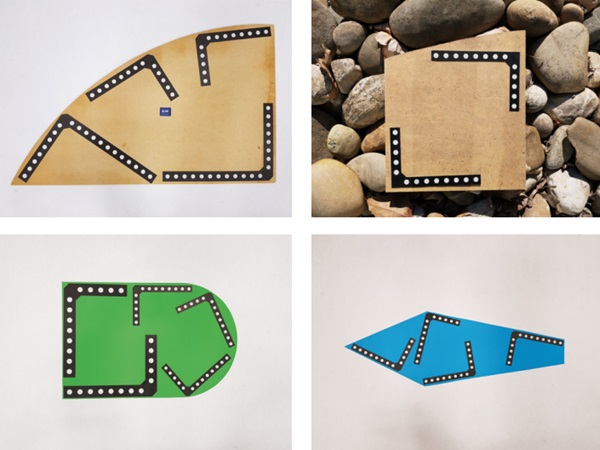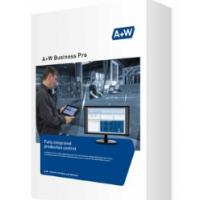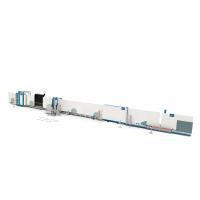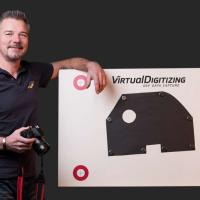Since 2007, the teams in production have been working with software by LiSEC. Objective: Increase of efficiency in production by means of transparency. Industry 4.0 à la LiSEC.
With 1840 employees in three locations in Austria, Internorm generated a turnover of 304 million Euro in 2014 – the production volume in this year amounted to 900.000 window and door units. Norbert Jagereder is the head of the production organization and maintenance at the largest Internorm location in Traun, Upper Austria and he is responsible for the optimization of the entire production.
At the end of 2007, he introduced LiSEC software with a small team – because just like the Internorm tomcat says in a current commercial: „All people want to have things that are well built, right?“
Optimization first, investment second
It is not easy to prepare and „force through“ investment proposals. A great deal of money is at stake and accordingly a high risk. But: When shall I invest? A healthy intermediate step is always a neutral assessment of the performance of the individual machines and lines. The magic word in regarding investment strategies is: Optimization of production.
Markus Schoisswohl, head of automation LiSEC: „It is becoming more and more important for production managers to have an overview of the performance of the machinery, to know where which bottlenecks are and when and why which plants are standing still in order to initiate optimization steps.“ Due to its own processing of flat glass, LiSEC has gained valuable experiences in this field as a plant manufacturer– a stock of knowledge, which LiSEC calls operator know-how.
Schoisswohl continues: „It is only possible to define the point at which the maximum performance is achieved, when man and machine have jointly reached their limit and the decision for a reasonable investment is made, as soon as the production is completely transparent and I have consistently implemented optimization strategies. Without the assessment via software, it will always be about a gut instinct which is, for most of the owners, insufficient as a basis of decision-making for investments.…“
Short interview with Norbert Jagereder, head of production organization Internorm, locations Traun and Sarleinsbach (Upper Austria)
Quote Norbert Jagereder:
„First, the plants are exhausted 100%, and not until then it is talked about new investments“
How do you describe the significance of the LiSEC software for Internorm?
Jagereder: An ERP system was already available; we use the production control by LiSEC; the connection of order software to LiSEC is performed via the production planning system for the window production used by Internorm. The planning and organization for the division insulating glass is done using GPS prod, Autofab and a dynamic production optimization called LiSEC DynOpt.
The LiSEC software is applied comprehensively because I want to have an overview of every production stage and I want to access the actual status at any time. The software is extremely important for the team leaders because with it they know all about the performance of the entire line – are we on target, do we need other lines, do we need anything from other teams, etc.
The software is the basis and it is impossible to imagine working without it – all plants would stand still without this software. Internorm even plans to expand the software to enable a better planning and to avoid production losses.
The plants themselves deliver own data – aren’t they sufficient?
Jagereder: Data on the individual plants are certainly interesting but they do not reveal the genuine potential. Because this potential is in the employees. Anyone who does not use LiSEC Asset. Check is simply unaware of what is going on in the shop floor. For me, AssetCheck is quite simply THE tool. The existing plant is used optimally before we are investing in a new one.
Asset Management – an indispensable optimization tool for today’s production (sample image)
How often do you look at the software overview monitor?
Jagereder: Permanently. This is the first thing I do when I start to work. I also use the system when I am working from home. This way I am able to reduce long phone calls in case of problems by simply looking at the screen together with colleagues.
How would you assess the cost-benefit factor of this system?
Jagereder: We couldn’t work without software – you simply have to afford it; otherwise you would not be able to produce. The investment has in any case paid off within a couple of weeks.
How much effort was required for the installation of the system?
Jagereder: We have introduced the software system when we installed new sorting plants in 2007. We only had three weeks of time (it was Christmas) and everything went like clockwork. Permanent fine tuning was of course required after that. During this time, we received an incredible support from LiSEC – the contact person was excellent, he perfectly knew what we need and was able to explain the software so that we understood it.
How do you assess the operation?
Jagereder: I think the operation is absolutely plausible and very simple. The software is practically self-explanatory. Of course, it is required to know certain things to be able to get started in the first place. But then the process runs very quickly.
Would you ever part with the system?
Jagereder: No – quite the contrary: I would like to expand it and implement additional features. We consider automation in the sense of Industry 4.0 as essential for our business success.
How does the system support you in your daily work?
Jagereder: I do not monitor machines but I do determine performance data. The point here is the increase of efficiency, such as e.g. when it comes to the sealing and also the bending plants: the machines “are good/capable” enough; it is the utilization of plants that requires an increase. The objective to utilize the things we have up to their limit – and I am able to determine and control that via the LiSEC software.
The machine availability can only be increased and a higher output can only be achieved as a result if I collect and interpret performance data. By the way, this is about potentials which amount to up to half an hour per shift. However, one thing is important: software does only reveal opportunities; the measures have to be derived and implemented by us humans…
Overview of all alarms of one line (sample image)

